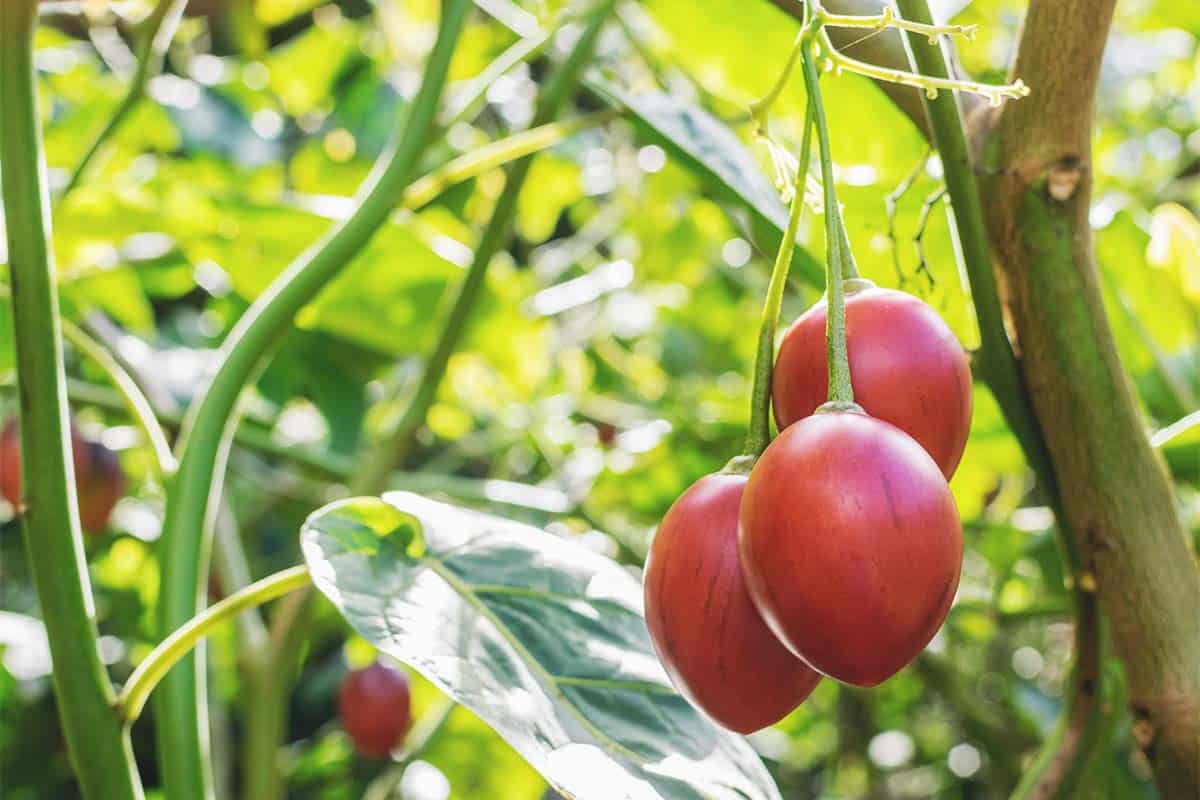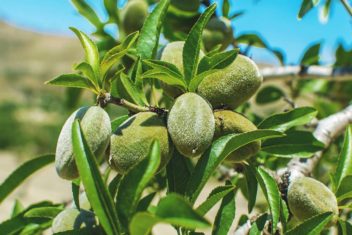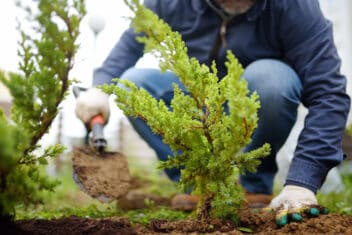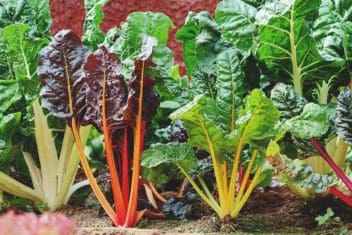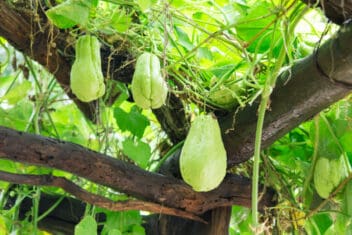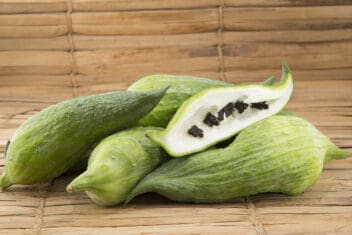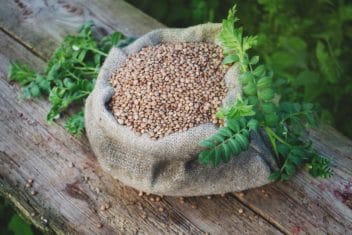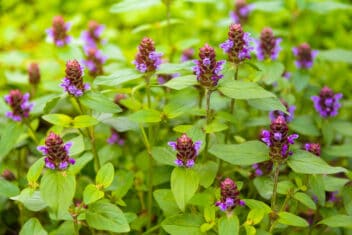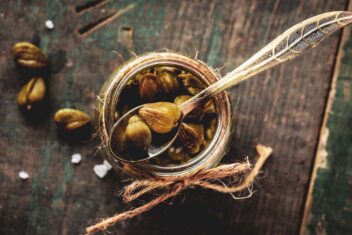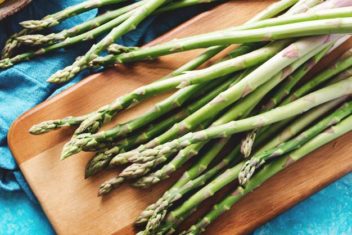Tamarillos can be used for so many culinary adventures – including sauces and pickles, dips and desserts or fresh eating. But for some reason, too many gardeners don’t consider growing tamarillos.
That needs to change. This native to Peru has a uniquely fresh, tangy taste and is easy to grow. Tamarillos are prolific fruiters and one of the great things about them is that they ripen on the tree in stages rather than all at once.
If you haven’t thought of growing tamarillos before, consider it now. You won’t regret it when you start collecting the bounty of fruit.
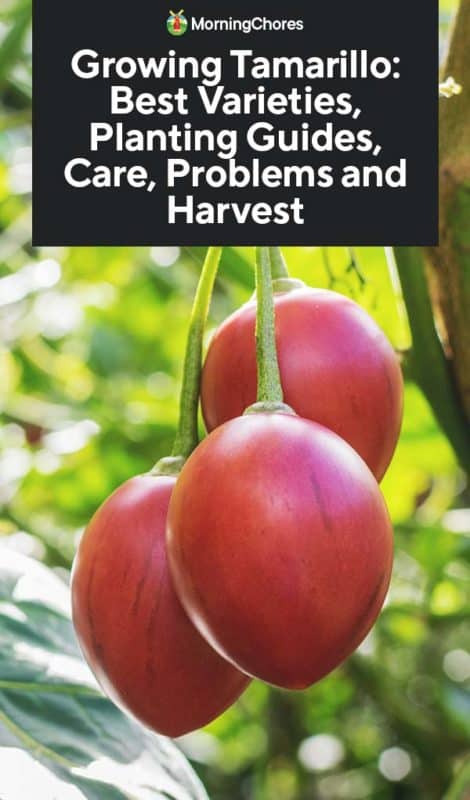
Varieties of Tamarillo
Tamarillos are also known as or tree tomatoes.
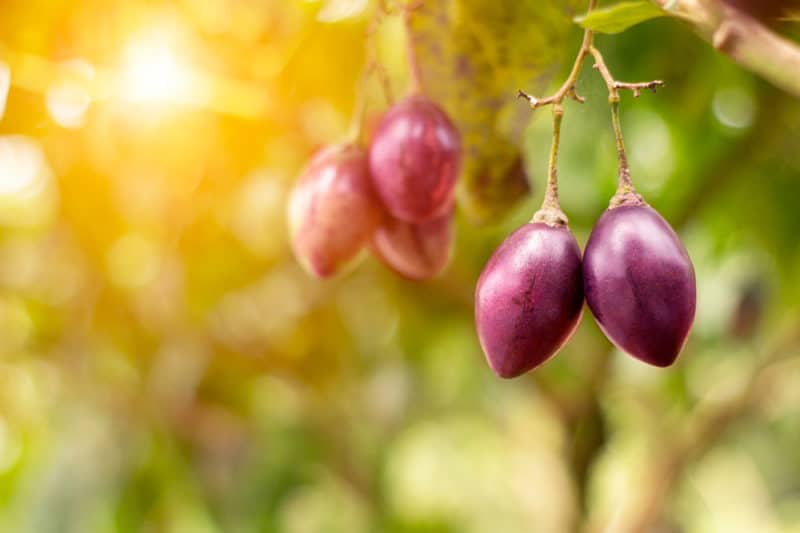
Ruby Red
This is probably the most common tamarillo and is often seen in supermarkets. It is quite tangy, but lovely to eat fresh or to use in sauces, pickles and chutney.
Ecuadorian Orange
This type has light orange skin with creamy flesh slightly and is sweeter than ruby red. Eat it fresh or use it in a variety of sweet or savory recipes.
Oratia Red
Oratia red is a large tamarillo that is dark red in color and has a tangy flavor. I use this for jams and other preserves. If I eat it fresh, I generally sprinkle sugar on the flesh.
Solid Gold
This is a nice tamarillo to eat fresh. Much less tangy than the red varieties, but still good for preserves as well.
Rothamer
Originating in California, this is a large red variety often weighing up to 3 ounces. Rothamer has deep yellow flesh with red seeds and is sweeter than most other varieties. This plant is a vigorous grower and bears a lot of fruit.
Goldmine
Large with golden yellow flesh and skin, this is a nice tasting tamarillo. It’s great fresh on its own or in things like fruit salad to give it an exotic taste.
Hardy Tamarillo
Cyphomandra corymbiflora produces whitish-green fruits that are smaller than the typical tamarillo. It can grow in temps down to 15°F.
How to Grow Tamarillo
Tamarillos really are easy to grow as long as you follow a few basics.
Growing Zones
Tamarillos are a subtropical plant and do well in areas that remain over 50°F year-round. Mature tamarillo trees tolerate much colder weather and can survive temperatures around 28°F. You may see some leaves and small branches die when it’s that cold, but the tree will survive and fruit.
Don’t despair though. If you live in a cold area and can find hardy tamarillos (Cyphomandra corymbiflora), you can plant in an area that sees temperatures down to 15°F. Make sure the tree is in full sun and protected from the wind.
Sun and Soil Requirements
Plant in full sun. Tamarillos don’t do well in shaded areas. The growth and fruit set will be limited and I’ve found them prone to disease if they’re not in a sunny position.
Ideally, a pH of 5.8 to 7 is best. Soil needs to be well-draining and fertile so ensure you dig in well-rotted manure when you plant and feed regularly.
If the soil remains too wet, the tamarillo tree is likely to fall over as it has shallow roots.
I’ve had to stake mature tamarillo trees to prevent them from falling over. It took two seasons for me to be confident enough to remove the stake.
When to Plant
Plant young trees in spring when frost danger has passed. More mature trees can be planted in the early spring as long as the temperature is consistently around 84°F.
Container Planting
Because they’re smaller plants, tamarillos grow well in containers. If you live in a cool area, you can move it around to follow the sun. Tamarillo trees may die if it dips below 28°F, so if you live in an area that gets cold, you can move the tree under cover in winter.
Ensure you have a layer of pebbles in the bottom of the container to allow for drainage. Use good quality potting mix and feed once a month with liquid fertilizer while the fruit is forming.
Planting Seed
It’s not always easy to find tamarillo plants at the local nursery, but there are increasing places selling tamarillo seeds. If you want to plant by seed, it’s completely achievable, but it does take a while before you get a tree capable of fruiting.
Tamarillos only fruit after producing 21 branches, which usually takes 2 or 3 years.
Plant indoors in autumn and grow over winter. The seed will germinate only if kept at around 84°F. Plant the seed in a small pot with a good quality seed raising mix.
Once the last frost has passed, plant seed outside or transfer to a container if planting indoors. The plant should be at least 10 inches tall.
Planting Trees
Tamarillos have shallow roots, so stake them well for the first two seasons. Make sure your tree is growing straight up because of the shallow roots, any lean of the main trunk risks it falling over.
Spacing
Allow a good 10 feet between tamarillo trees.
Caring for Tamarillo Trees
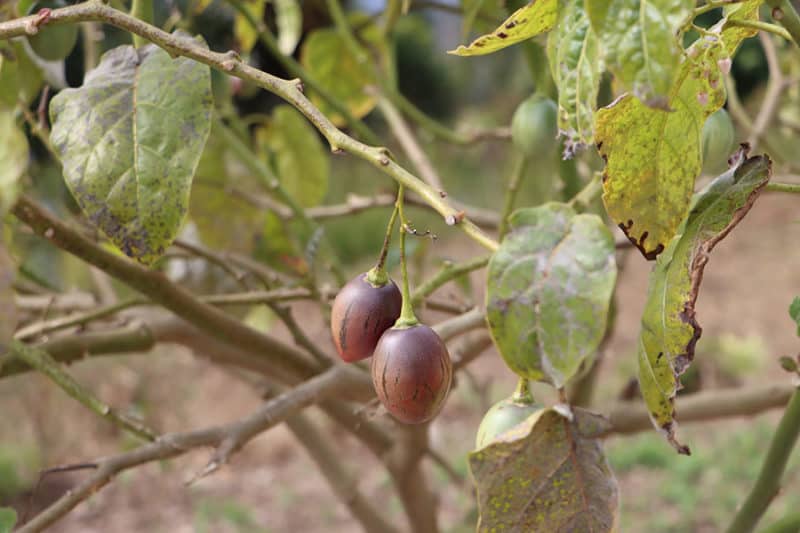
Fertilizer
Use a fertilizer of NPK 5:6:6, and apply it around the dripline in spring, summer and late winter. I apply a good handful every 4 feet or so.
Water
Tamarillos are not drought resistant. During a hot and dry summer, I water daily, though you don’t want to allow the soil to become saturated. Mulch for good water retention.
Pruning
Tamarillo fruit on new wood. Prune each year after fruiting to encourage new growth.
When your tamarillo is new, prune to 4 feet high to encourage spreading outwards rather than up.
Companion Planting for Growing Tamarillo
Tansy does well around the base of tamarillo. The beauty of tansy is it attracts bees and that is a benefit to the tamarillo flowers.
Other plants that grow well with tamarillos include:
- Guava
- Sage
- Dill
- Basil
Common Problems and Solutions for Growing Tamarillo
There are a few issues you’ll need to deal with when growing tamarillos. Generally, you’ll go season to season without too many problems, but there are a few things to look out for.
Snails
Snails love tamarillo flowers and can decimate an entire tree of flowers in less than a week. Use snail pellets at the base of the tree if you have a lot of snails.
Aphids
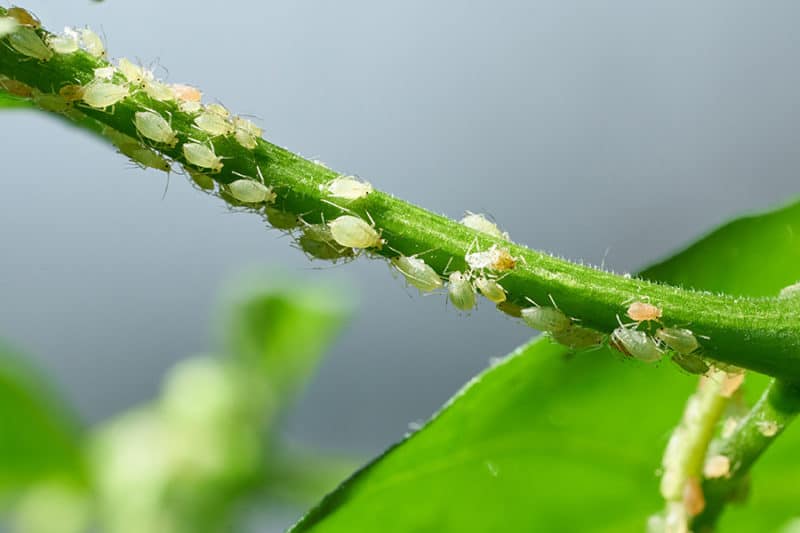
Aphids suck the sap from your tamarillo plant and at the same time cause other issues like sooty mold. Blast the bugs off the tree with a spray of water. If the infestation continues, use regular applications of neem oil or insecticidal soap.
Whitefly
Tamarillo leaves often have a less than desirable odor to them and it can attract whitefly. I’ve found that if I get whitefly, I get a lot on the tamarillo tree.
Control these aphid relatives by encouraging parasitic wasps, hang sticky traps in the tree, and use insecticidal soaps according to the manufacturer’s directions.
Powdery Mildew
When humidity is high, tamarillo can be affected by powdery mildew. I’ve noticed that my tamarillo get it every second year for some reason. I use a homemade baking soda spray as soon as I see the first signs of the white spots.
Our guide will help you figure out how to deal with the problem.
Cucumber Mosaic Virus
This disease distorts the leaves on the plant and causes them to become mottled. Plant growth is stunted. This virus often goes hand in hand with aphid infestations.
Keep weeds at bay around the roots of the tamarillo tree as they often harbor insects that cause more issues. Be sure to keep aphids away from your plants. Clean your garden tools between use to prevent spreading the disease.
Harvesting Tamarillo
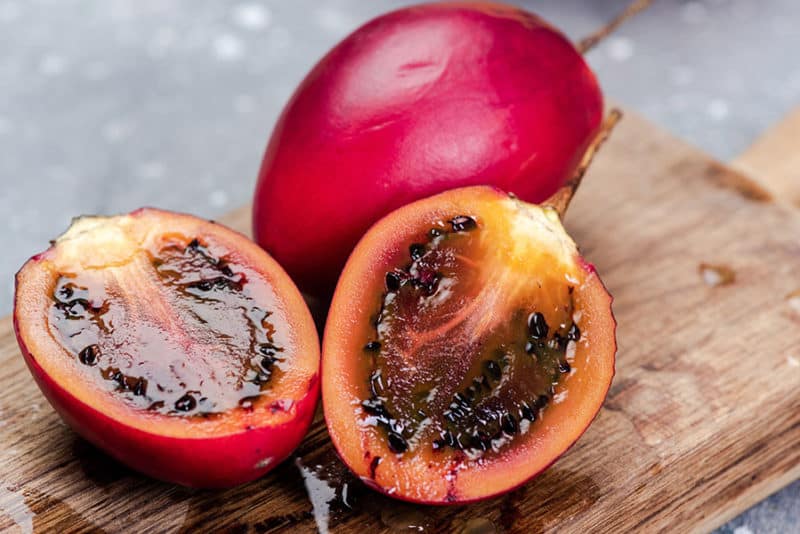
Tamarillos are best left to ripen on the tree. If you harvest too soon they’ll be sour and not pleasant at all to eat fresh.
I’ve found they taste best if you let them ripen and drop from the tree. You just need to make sure you get them before the ants and other insects on the ground. Check a few times a day if you can.
Once harvested, you can make tamarillo chutney, poach them, or use them as a topping for chicken or salmon.
Tamarillos Deserve More Attention
Tamarillo trees are easy to grow and give your garden a tropical feel. The fruits are unique in appearance and taste and you won’t be disappointed. There are so many culinary uses that once you grow one tree, you’ll start looking for more varieties, just like I did.
Let us know your favorite ways to eat tamarillos in the comments below.
